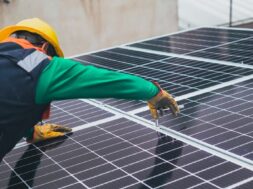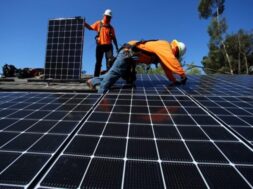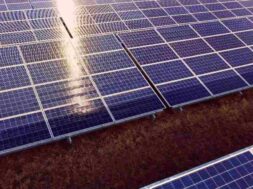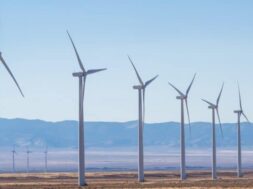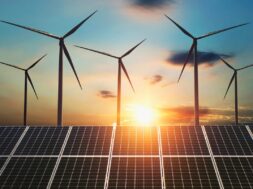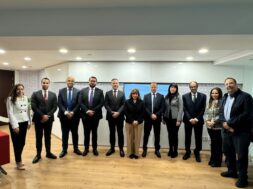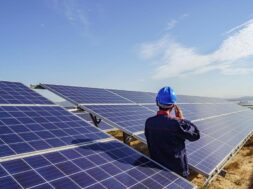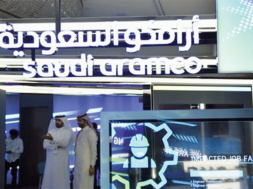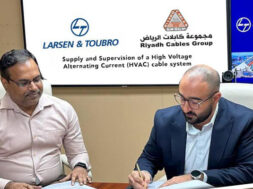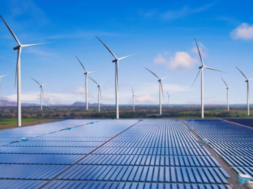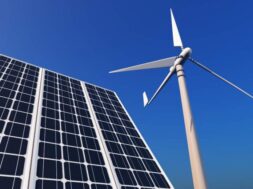
الابتكار يشكل مستقبل الطاقة النظيفة
Innovation is key to driving the energy transition. From early successes with wind and solar to modern advancements in grid optimization and green hydrogen production, technological advancements are crucial to achieving a greener future.
Developing technology for equipment such as solar panels and wind turbines has been instrumental in maximizing the output of clean energy power plants and improving cost-effectiveness.
For instance, the 1.5 gigawatts Sudair solar photovoltaic plant in Saudi Arabia recently achieved its commercial operation certificate from the Saudi Power Procurement Co.
As one of the world’s largest single-contracted solar plants and the largest of its kind in the Kingdom, the Sudair PV project features state-of-the-art bifacial solar panels with tracking technology. Essentially, the panels can capture sunlight from both sides, thus resulting in higher energy yields.
The project is expected to supply enough clean energy to power 185,000 households at full capacity and offset 2.9 million tons of carbon dioxide emissions annually.
When it comes to water desalination, low-carbon reverse osmosis technology has proven to be highly successful in reducing the environmental impact of typically energy-intensive desalination plants. This region has championed seawater reverse osmosis and is home to the world’s largest SWRO plants, including Rabigh 3 and Taweelah.
Another notable SWRO plant is Hassyan, which is an integral part of Dubai Electricity and Water Authority’s strategy to scale up the city’s water desalination capacity and produce 100 percent desalinated water from a mix of clean energy and waste heat by 2030.
As the pace of the energy transition accelerates, companies in the industry are experiencing rapid growth. Software tools can support this growth in a myriad ways. We can optimize processes using software models to find the best ways to drive efficiency, minimizing downtime by forecasting maintenance requirements and fine-tuning operations. We can also use advanced monitoring software to ensure that on-site employees cooperate with safety requirements, and we can save lives in the process.
Innovation is not just limited to physical tools or software. It is also about collaboration between various stakeholders. The Noor Energy 1 project in Dubai is a prime example of a successful public-private partnership approach. By working with DEWA and other entities, we have created the world’s largest single-site concentrated solar power plant. The Noor Energy 1 solar complex will also possess energy storage capacity for 15 hours and be capable of delivering power 24 hours a day.
Technologies that are still in development or not yet commercially competitive will have to be implemented after 2030 if the world is to reach net-zero by 2050, according to the International Energy Agency.
Green hydrogen is one such solution. It offers a clean and efficient energy carrier with the potential to decarbonize industries such as heavy industry, aviation and even maritime transport. The only under-construction and at-scale green hydrogen plant is being built in Saudi Arabia under a joint venture between ACWA Power, NEOM and Air Products.
According to experts, investing in green and sustainable projects could potentially double the gross domestic product of the Gulf Cooperation Council states from $6 trillion to $13 trillion by the year 2050.
It is imperative that we continue to prioritize investment in research and development, promote collaborations between the public and private sectors, and support policies that encourage innovation in clean energy.
By doing so, we ensure a resilient energy future and unlock new economic opportunities while minimizing our environmental impact.
